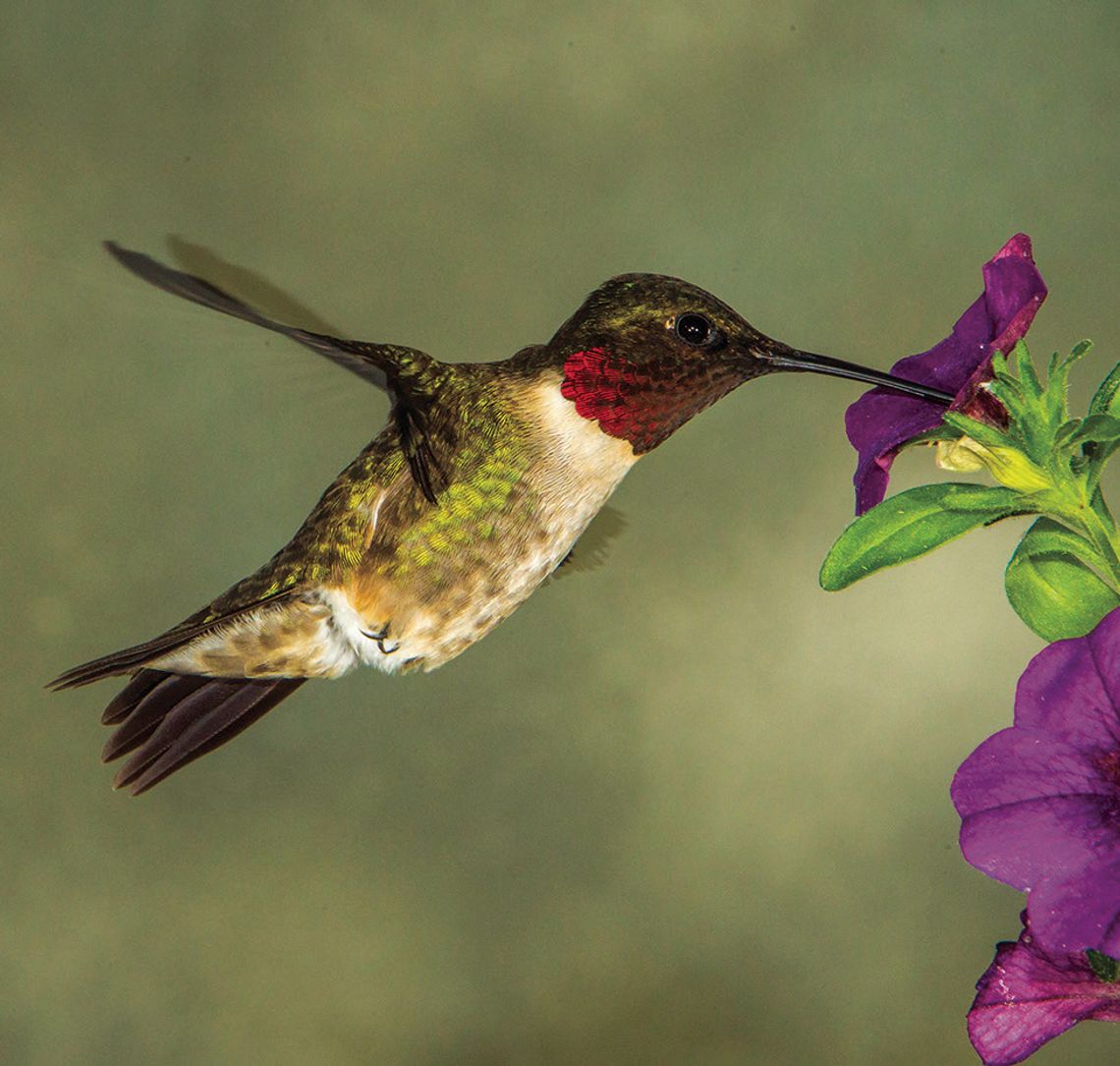ummingbird
My cup runneth over.
First, there were the wildflowers — colorful blossoms everywhere and especially bluebonnets. I don’t think I have ever seen a better year for our state flower: Lakes of blue all over the place.
And then came the new avian arrivals. American goldfinches in hues of brilliant yellow and deep black — a welcome addition to my regular titmice, chickadees and cardinals.
Finally, on March 22 at 5:45 p.m., the ultimate arrival was when a thumb-sized hummingbird sipped sugar-water from the feeder on my back deck. Pale green, I think it was a female black-chin, but I have a hard time identifying female hummers.
The black-chinned male has a beautiful purple band below its chin and throat, and it is hard to see unless the light is just right. With its glistening green above and white below and its black and purple throat, the male bird is a striking specimen.
The female, such as I saw, is a relatively plain little bird in comparison.
This hummer breeds across the semi-arid portions of the West, from British Columbia to Mexico. It winters well south in Mexico, so my bird probably crossed the border recently, headed for my backyard feeder.
If things go well, she will eventually build a walnut-sized nest and incubate her two pea-sized white eggs with no help from the male. Her babies are born naked with only a few strands of down. They rely entirely on their mother for warmth.
I am delighted to see my first hummingbird. It is now officially spring.
And what will be next to show up? Perhaps a resplendent quetzal?
You just never know.








